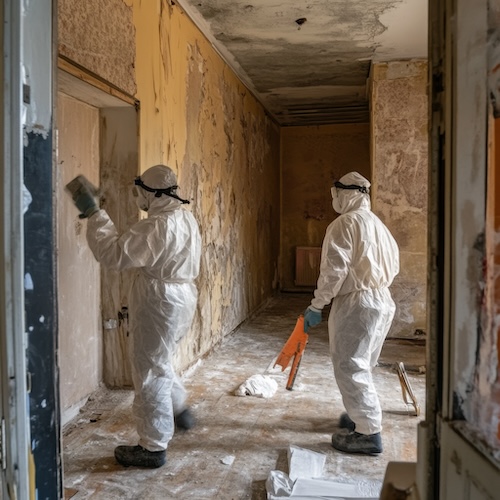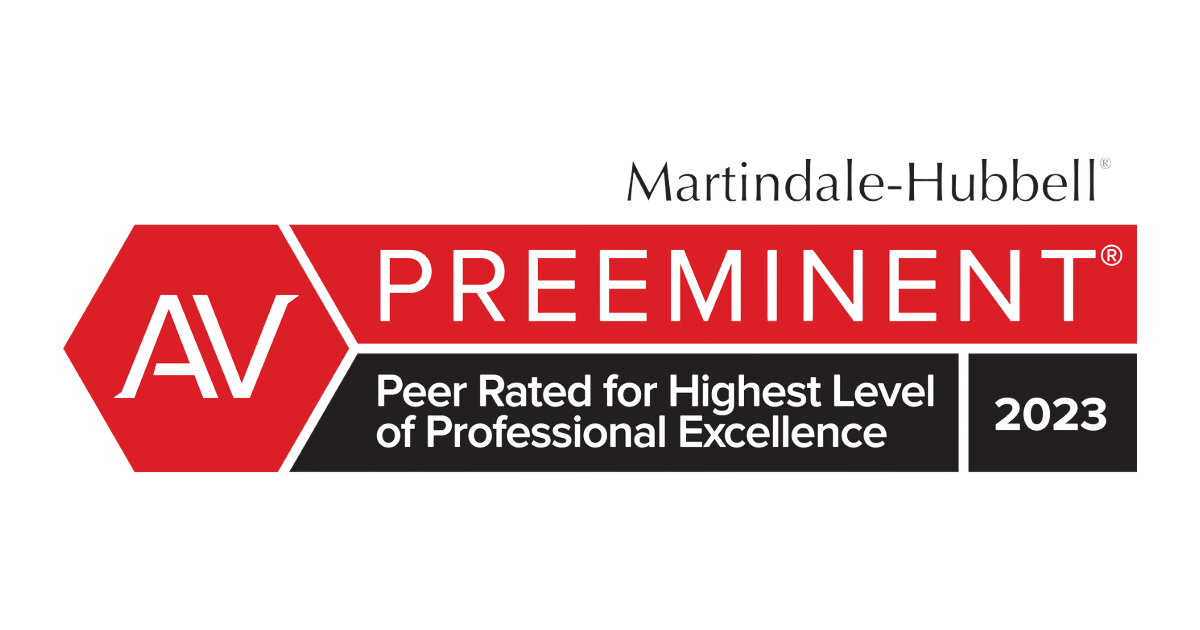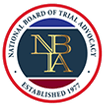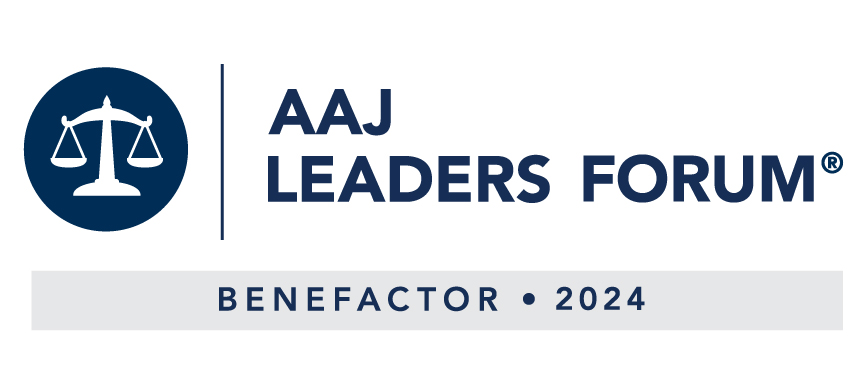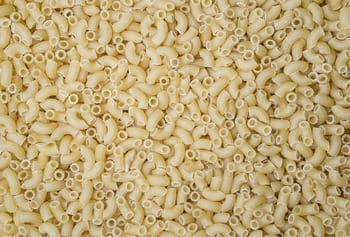
Macaroni and cheese is one of the most common household grocery items sold in the United States. But do we really know what makes up that cheesy powdered content?
A recent report from the Coalition for Safer Food Processing and Packing discussed lab tests conducted on various processed cheeses included the mix used in mac and cheese boxes. According to the report, ten different mac and cheese powder mixes and other processed cheeses showed a high level of phthalates. In fact, previous studies indicated that dairy products in general were a main source of dietary exposure to phthalates.
What Are Phthalates?
Phthalates are chemical compounds that can be found just about anywhere. They are often used to soften or increase flexibility in plastic and vinyl, but phthalates are also present in just about anything that contains rubber or plastic. You can even find them in common household items, such as shampoo, laundry detergent, deodorant, nail polish, and more. Sadly phthalates are also very much present in food products because they are often used in the pesticides relied on by the agriculture industry. However, they are rarely labeled, so do not expect to read about them on any bottles.
Why Are Phthalates Bad?
Phthalates are suspected to be endocrine disruptors, which means that they affect hormonal development. Up to this point, most studies on the adverse effects of phthalates were focused on children from the womb to about the age of 12. Some of the effects included abnormal sexual development, less masculine behavior in boys, hypospadias, and premature breast development.
The effects on adults are still being studied, but due to these terrible defects seen in children, Congress banned excessive use of six types of phthalates in various toys and child care products. According to the US Consumer Product Safety Commission (CPSC), this ban includes “those which are designed or intended by the manufacturer for a child age three years old or younger to facilitate sleeping or feeding or to help the child in sucking or teething.”
How Can You Avoid Phthalates?
As we mentioned previously, phthalates are not typically labeled, and many of the products we use on a daily basis contain them. Due to growing concern from consumers about these harmful chemicals, some companies are now labeling which products are phthalate-free. In addition, here are a few tips that can help you decrease the amount you ingest or come into contact with:
- Water filters can remove phthalates used in water pipes
- Avoid scented products (perfumes and air fresheners)
- Avoid using and microwaving plastic food containers (especially plastics 3 and 7)
- Avoid processed foods typically wrapped in plastic
- Do not use older children’s toys made of soft plastic
- Eat organic and pesticide-free food


